Long before modern science entered the picture, many communities around the world practised conservation not as a trend, but as a way of life.
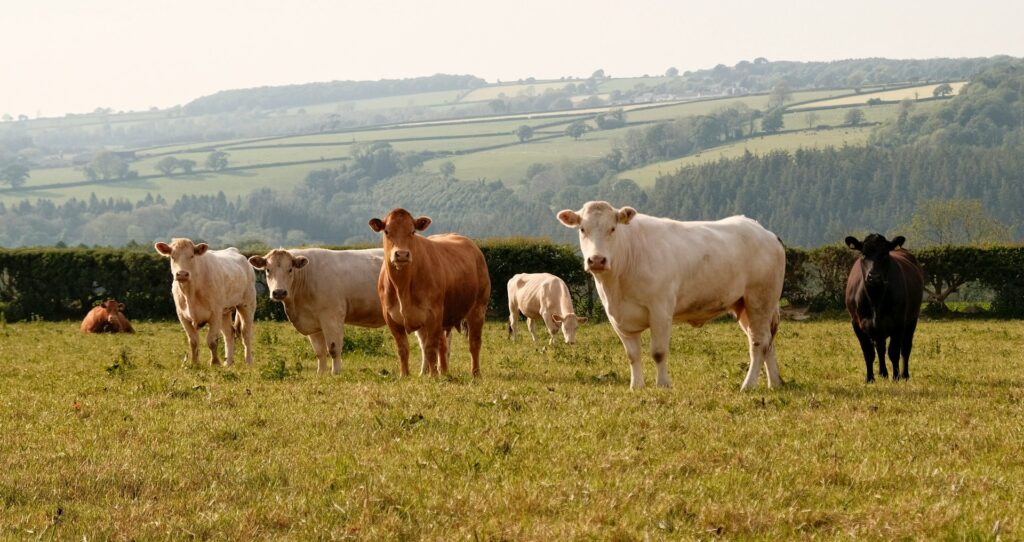
These methods were often rooted in deep respect for nature, passed down through generations, and closely tied to local ecosystems. Today, scientists and conservationists are revisiting these ancient practices—not out of nostalgia, but because they work. It goes to show that sometimes the old way of doing things is still very much the best.
1. Rotational grazing and seasonal land use
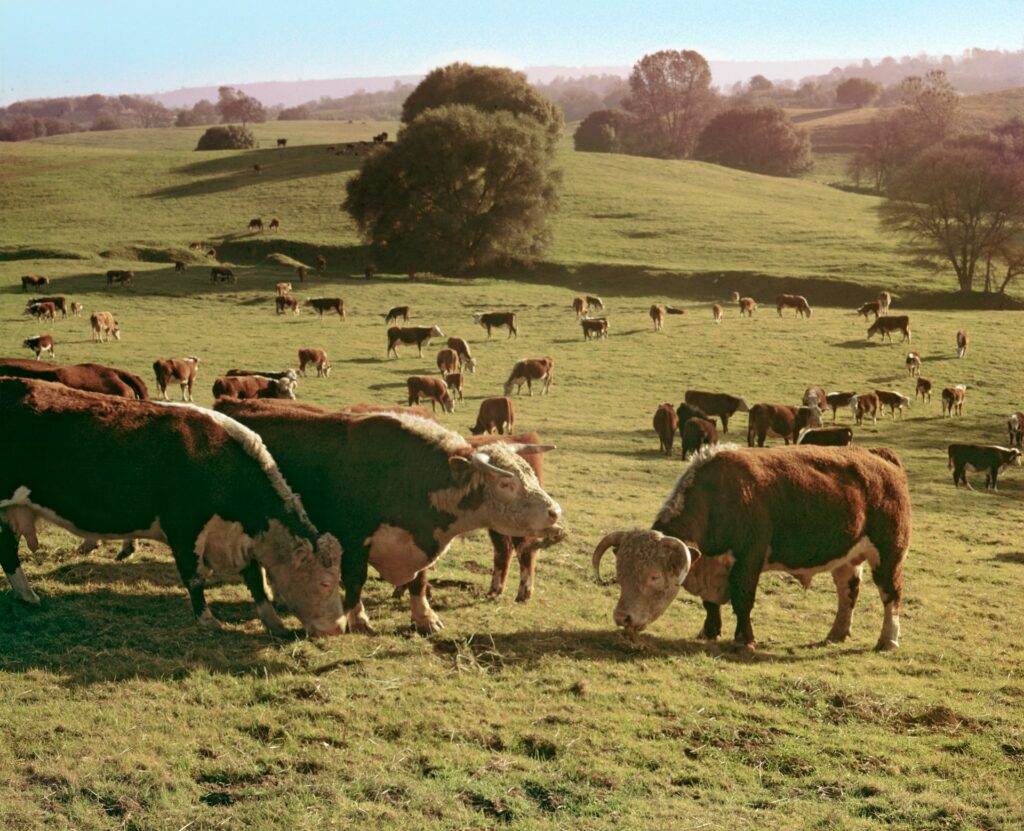
Many Indigenous and pastoralist communities used rotational grazing to keep soil healthy and prevent overuse of any one area. Herds were moved in carefully timed cycles, allowing grasslands to recover and biodiversity to stay intact.
Modern regenerative agriculture is now embracing this concept to reverse the damage caused by industrial farming. It’s been shown to increase soil carbon storage, reduce erosion, and restore natural plant-animal balance—exactly what traditional herders had managed for centuries without formal data.
2. Fire as a land management tool

For generations, Aboriginal Australians, Native American tribes, and other Indigenous groups used controlled burns to manage forests and grasslands. These low-intensity fires cleared underbrush, recycled nutrients, and created firebreaks that prevented larger, more destructive blazes.
After decades of fire suppression policies, scientists are now realising that these traditional burns helped create healthier ecosystems. In many parts of the world, land managers are reintroducing cultural burning practices in collaboration with Indigenous firekeepers to restore natural fire cycles and prevent catastrophic wildfires.
3. Sacred groves and spiritual land protection
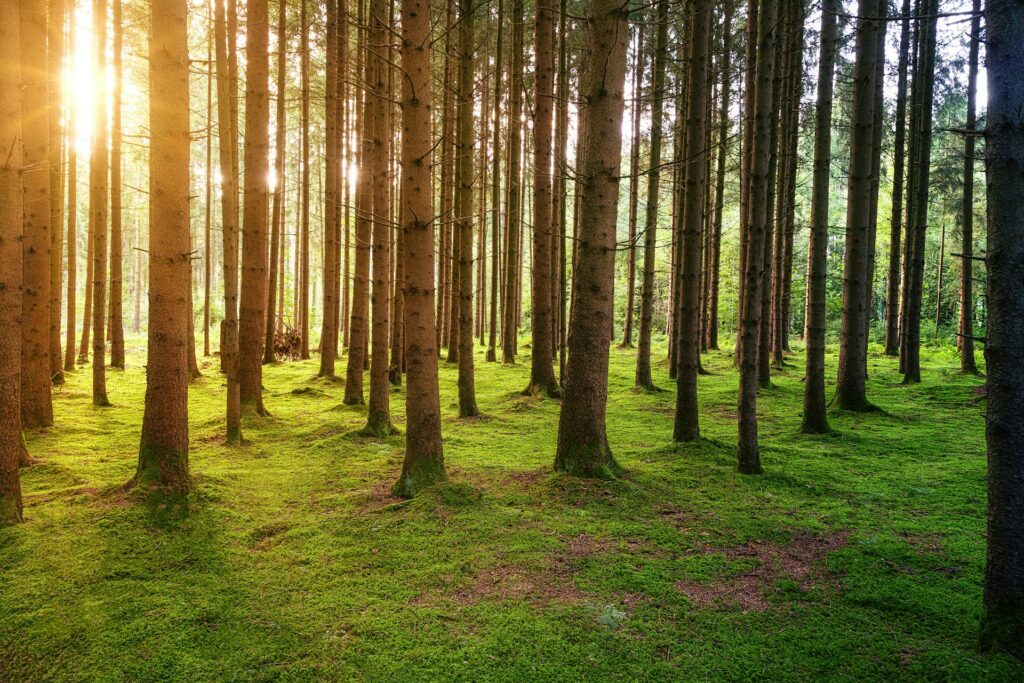
In many cultures, certain forests, rivers, or mountain areas were declared sacred and left untouched. These zones became inadvertent biodiversity hotspots because hunting, logging, or farming was forbidden there, often for spiritual or ancestral reasons.
Today, scientists are mapping these sacred areas and finding that they often contain rare or endangered species, healthy old-growth trees, and diverse ecosystems. Recognising the conservation value of these cultural spaces is shifting how protected areas are defined and managed globally.
4. Agroforestry and multi-layer farming systems

Long before monocrops dominated agriculture, communities across Asia, Africa, and South America practised agroforestry—growing trees, shrubs, and crops together to mimic natural ecosystems. These layered systems produced food, fuel, and medicine while improving soil and reducing erosion.
Now, agroforestry is being revisited as a sustainable solution to deforestation, food insecurity, and climate stress. It offers a way to increase resilience and yield without harming biodiversity, and it reflects centuries of traditional land knowledge that had been undervalued until recently.
5. Water harvesting with ancient irrigation systems
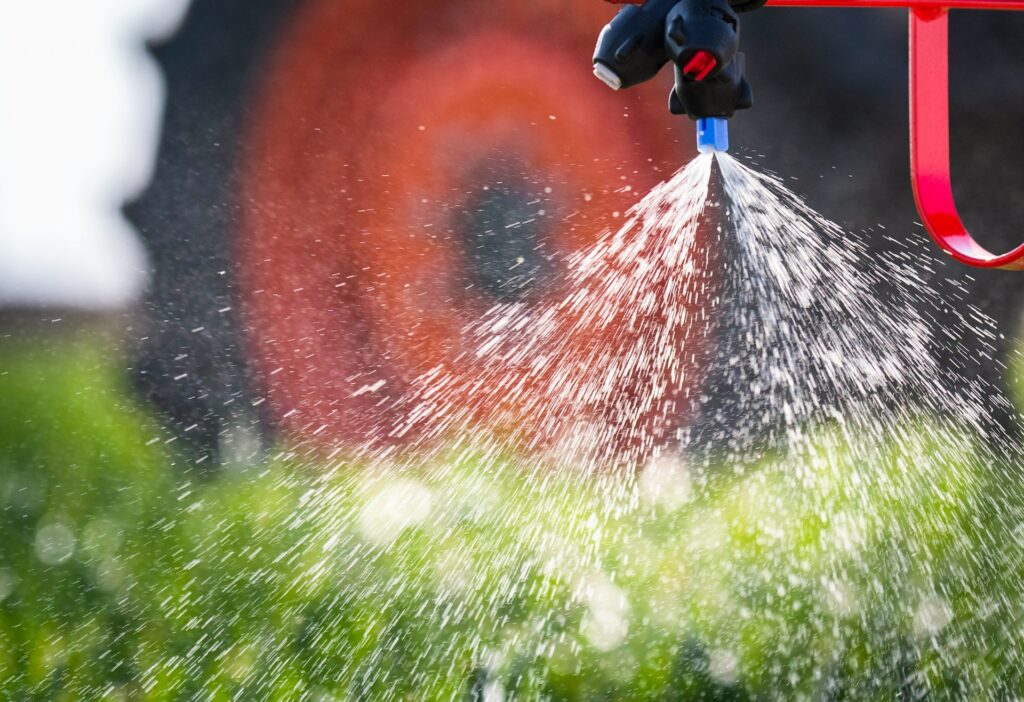
From the qanats of Persia to the stepwells of India and the terraced rice fields of Southeast Asia, traditional societies built complex systems to collect and distribute water in arid and mountainous regions. These designs were efficient, low-maintenance, and adapted to local rainfall patterns.
With modern infrastructure struggling under climate extremes, engineers and hydrologists are looking back at these time-tested systems. They’re realising that many of these ancient methods worked with the land rather than against it—and that they can be adapted to modern needs with minimal energy costs.
6. Community-based resource management

In countless coastal and forest-based communities, natural resources were governed collectively. Fishing areas, hunting grounds, and grazing zones were regulated by community consensus, with rules passed down through generations. These systems relied on local accountability and lived knowledge.
Modern conservation often arrives top-down, but researchers are now recognising the long-term success of community-led models. Co-management and participatory conservation, often inspired by these ancestral systems, are proving more effective than strict enforcement from afar.
7. Polyculture and crop diversity
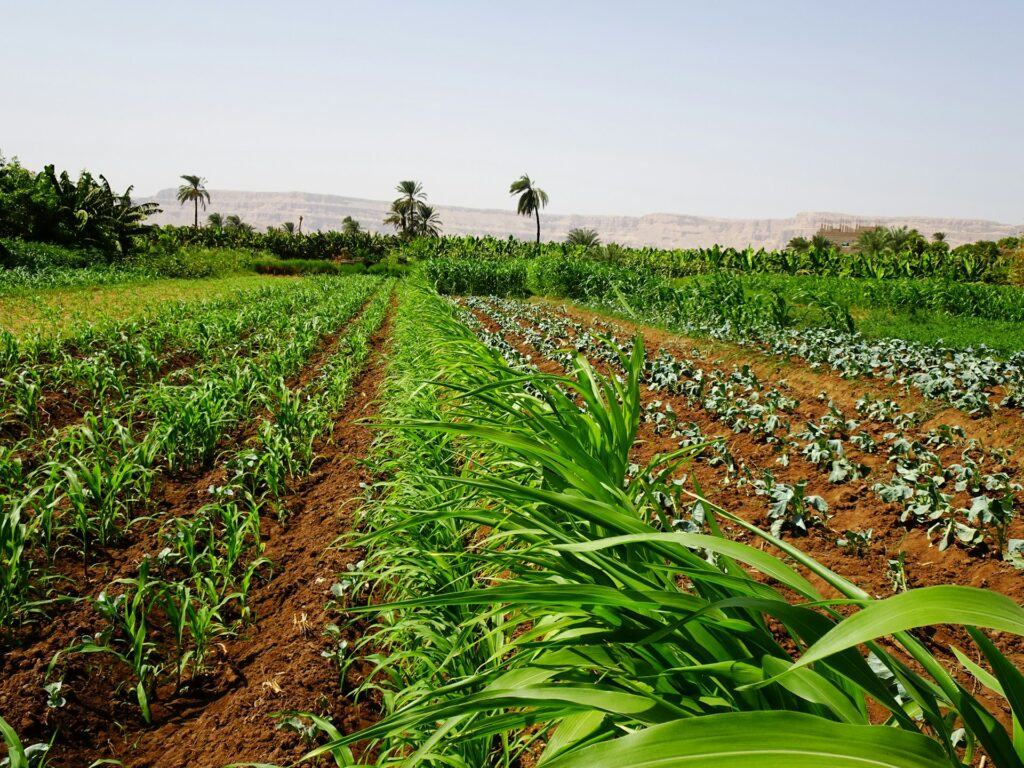
Rather than planting single crops, traditional farmers often grew multiple species together—some for food, others for pest control, nitrogen fixing, or soil cover. This practice created ecological balance, helped preserve seed varieties, and protected against complete crop failure.
Today’s biodiversity loss and over-reliance on a few staple crops have scientists turning back to polyculture as a way to stabilise food systems. Ancient crop combinations like the “Three Sisters” (corn, beans, and squash) offer blueprints for sustainable, resilient farming.
8. Calendars guided by ecological cues
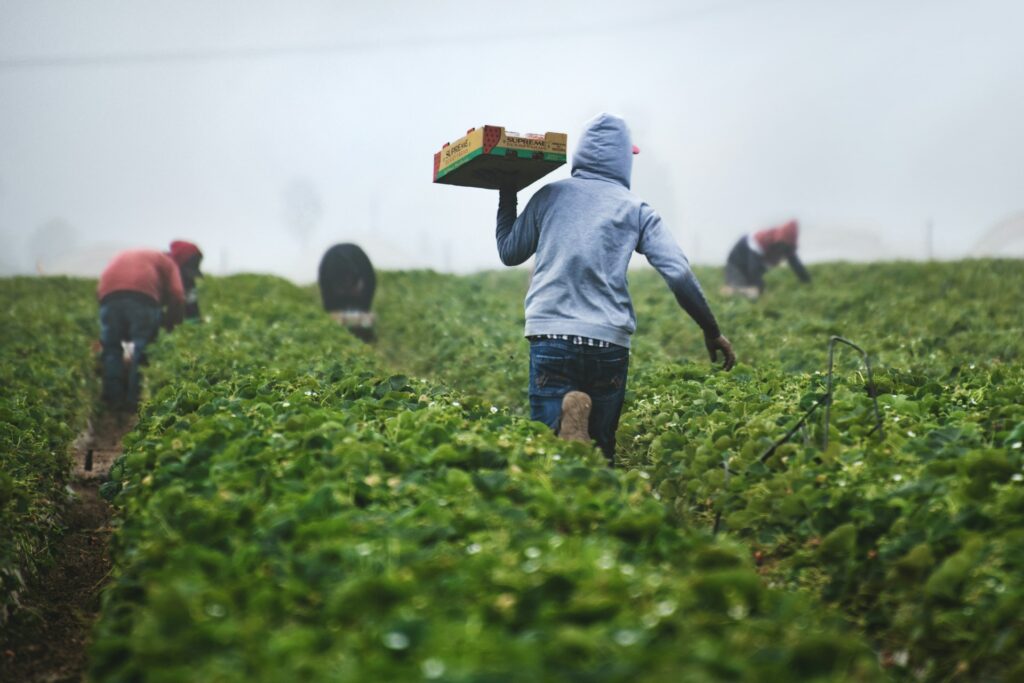
Many Indigenous communities timed their planting, harvesting, and fishing seasons based on natural signs—the migration of birds, the flowering of certain plants, the behaviour of animals. These ecological calendars were adapted to specific landscapes and more responsive than fixed-date farming.
Now, as climate change makes traditional weather patterns unreliable, scientists are studying these phenological calendars to understand how ecosystems shift in real time. In some cases, these observations offer more accurate seasonal insights than modern forecasting tools.
9. Zero-waste food and resource systems

Traditional ways of living often relied on using every part of a resource. In fishing, farming, and hunting, nothing was wasted—shells became tools, husks became fuel, animal parts became clothing or compost. These systems were efficient because they had to be.
As the world faces waste crises and resource depletion, designers and sustainability experts are taking inspiration from these low-impact, circular models. It’s not about copying old ways exactly—it’s about honouring their principles in a modern context.
10. Deep-rooted respect for non-human life
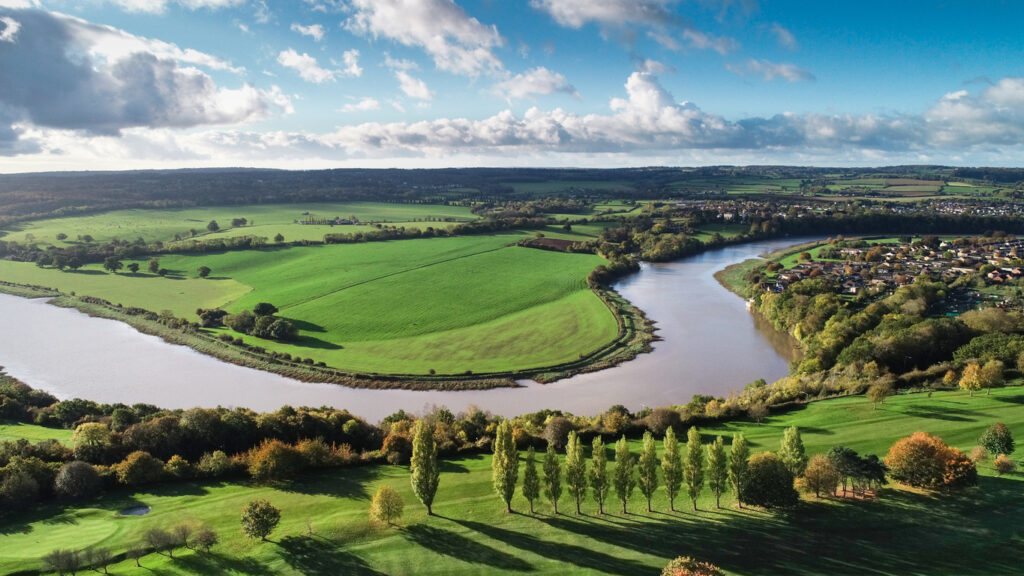
One of the most consistent threads across ancient conservation is respect—not just for the environment, but for animals, rivers, forests, and the unseen forces within them. This wasn’t romanticism, it was relationship. It shaped how people hunted, gathered, built, and interacted with the world.
Modern science is beginning to acknowledge that this reverence fostered a kind of balance we’ve struggled to replicate with technology alone. Conservation rooted in care, humility, and kinship—not just data—is proving to be just as important for long-term environmental health.